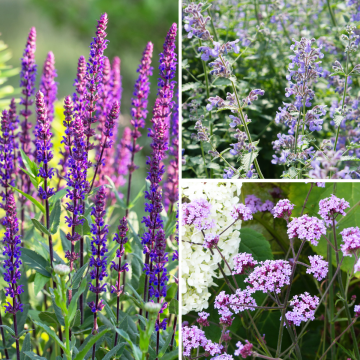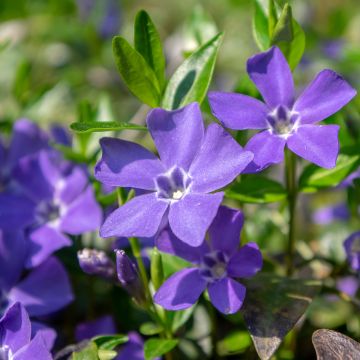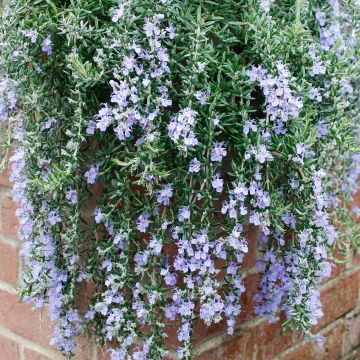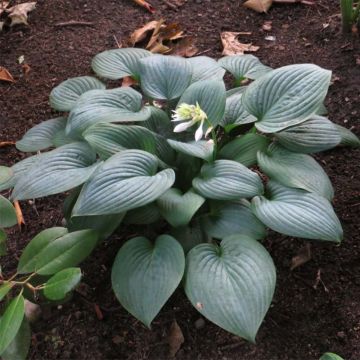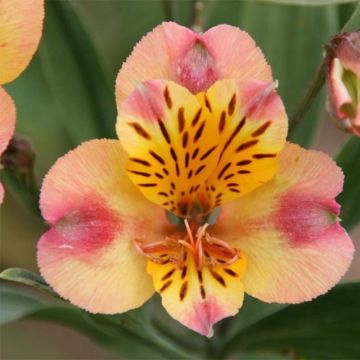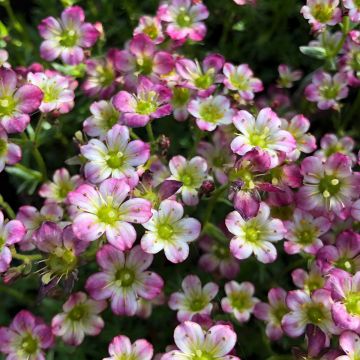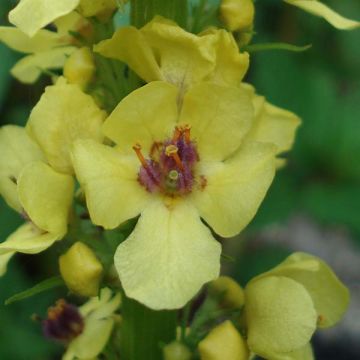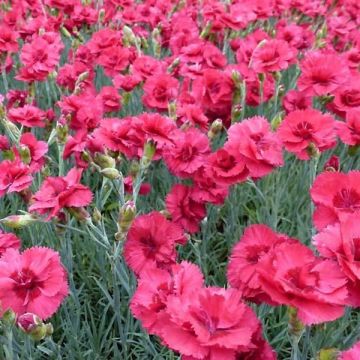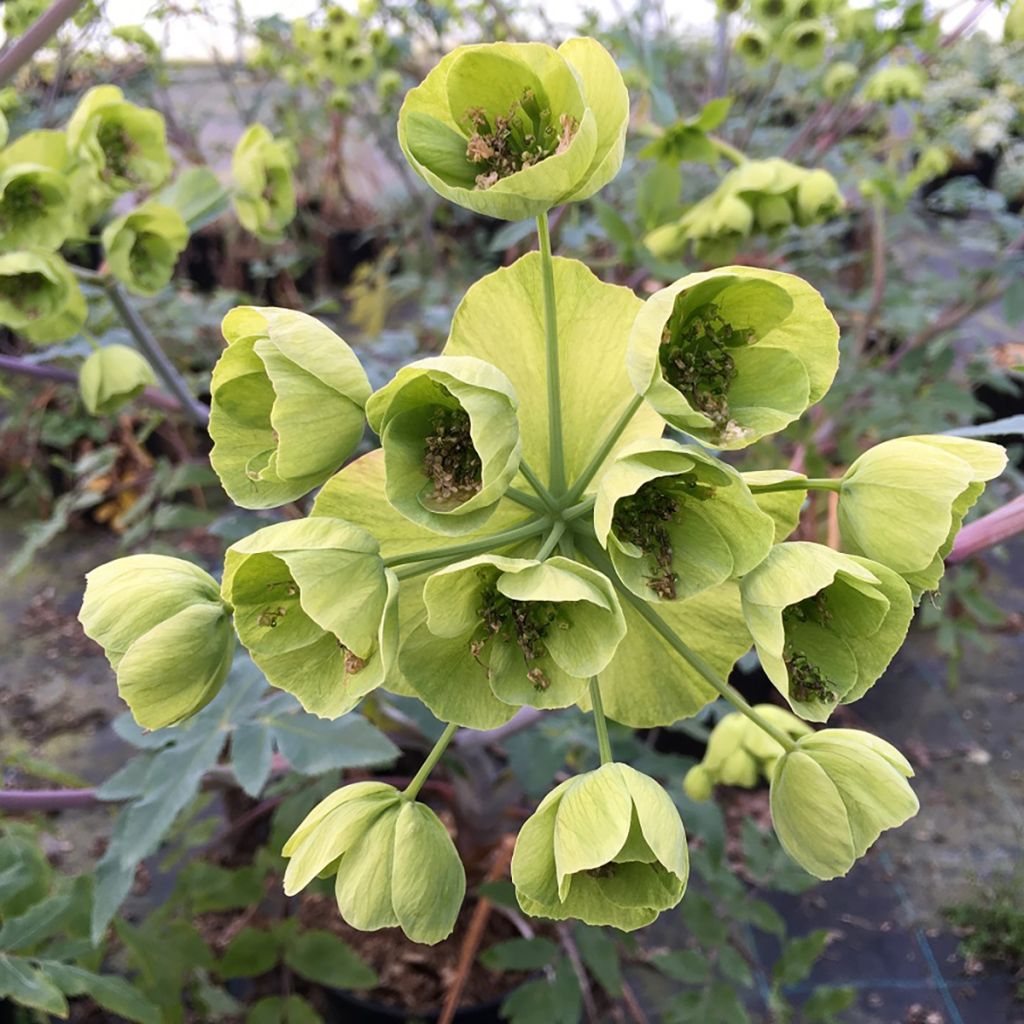

Mathiasella bupleuroides Green Dream
Mathiasella bupleuroides Green Dream
Mathiasella bupleuroides Green Dream
Special offer!
Receive a €20 voucher for any order over €90 (excluding delivery costs, credit notes, and plastic-free options)!
1- Add your favorite plants to your cart.
2- Once you have reached €90, confirm your order (you can even choose the delivery date!).
3- As soon as your order is shipped, you will receive an email containing your voucher code, valid for 3 months (90 days).
Your voucher is unique and can only be used once, for any order with a minimum value of €20, excluding delivery costs.
Can be combined with other current offers, non-divisible and non-refundable.
Home or relay delivery (depending on size and destination)
Schedule delivery date,
and select date in basket
This plant carries a 12 months recovery warranty
More information
We guarantee the quality of our plants for a full growing cycle, and will replace at our expense any plant that fails to recover under normal climatic and planting conditions.
Would this plant suit my garden?
Set up your Plantfit profile →
Description
Mathiasella bupleuroides 'Green Dream' is a perennial plant of Mexican origin that deserves to be better known. This umbelliferous plant curiously resembles a stinking hellebore or even a euphorbia with its finely cut foliage topped with clusters of pendulous bell-shaped flowers in jade green with a black heart. They remain decorative for a long time and take on a beautiful pink hue at the end of the season. Moderately hardy, its stump is perennial in good growing conditions in not too cold climates. The spring flowering, which is quite early, appears more reliably in mild climates, when the plant retains its foliage in winter. In the garden, this beautiful exotic plant, which has not yet revealed all its secrets to rare plant enthusiasts, elegantly structures sunny to semi-shaded rockeries and borders.
Mathiasella bupleuroides 'Green Dream' belongs to the Apiaceae family (formerly Umbelliferae), just like wild carrot, parsley, and celery. Its wild ancestor was discovered by LR Stanford in 1949 in a mountainous region of northern Mexico, specifically on the east and south-facing slopes as well as at the summit of Pena Nevada in the state of Tamaulepis. 'Green Dream' is often listed as a cultivar, but it may simply be a particular form of the wild species. The available literature teaches us that this plant primarily requires very well-drained soil, whether it is occasionally very moist or conversely occasionally dry, with an acidic, neutral, or calcareous tendency. Its cold resistance is estimated at -8°C (17.6°F) at its lowest. It is advisable to protect the stump from frost, as well as from excessive humidity in winter.
Mathiasella bupleuroides 'Green Dream' is a large herbaceous plant, perennial through its slightly trailing stump. Its foliage persists in mild climates during winter, but becomes deciduous from -3°C (26.6°F). It takes a bit of time to establish, eventually forming a large, upright clump measuring an average of 90cm (35in) in all directions. Its branched stems bear large, slightly toothed, lobed, shiny leaves that turn bluish-green. Flowering begins in April. Floral stems rise, carrying large terminal umbels filled with tiny green flowers nestled in a cup composed of bracts similar to very bright green leaves. They turn pink over time, remaining decorative until autumn. Mathiasella bupleuroides is monoecious, meaning it bears separate male and female flowers. Male flowers have small petals, while female flowers are generally devoid of them. The different types of flowers are found in the corolla. Surprisingly tolerant of drought in shaded coastal gardens, this perennial appreciates a regular water supply, especially when planted in the sun.
Mathiasella bupleuroides 'Green Dream' thrives in a sunny border, a not too arid rockery, or a large border, as well as on the edge of woodland. This unique short-lived plant can be used like euphorbias and large hellebores (H. argutifolius, H. foetidus). It is a textural plant that pairs perfectly with tulips, acanthus, and peonies, for example.
Report an error about the product description
Mathiasella bupleuroides Green Dream in pictures
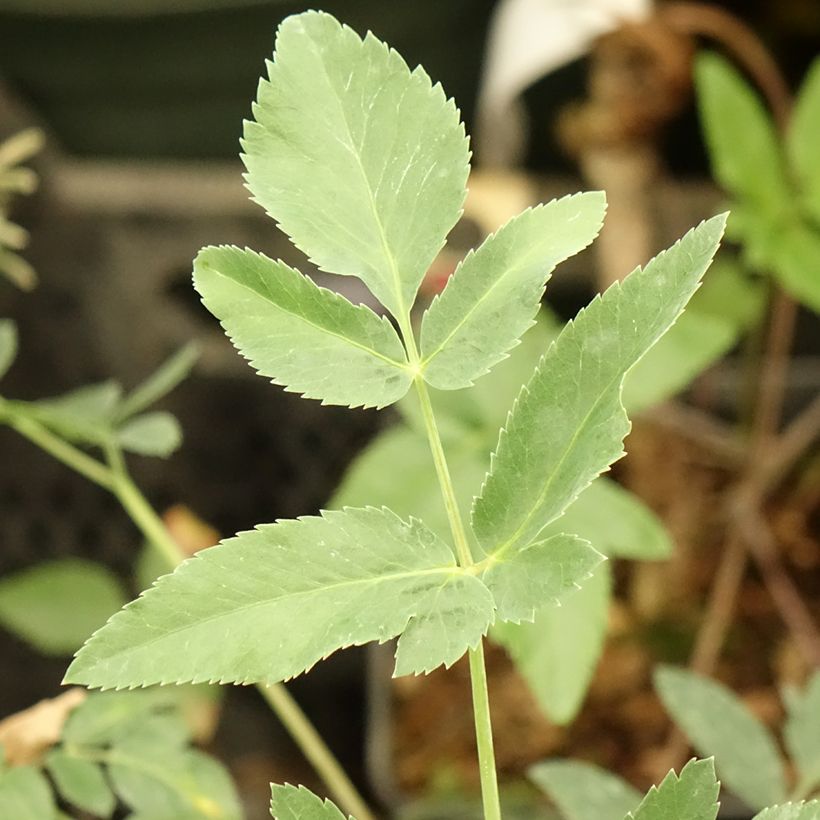

Flowering
Foliage
Plant habit
Botanical data
Mathiasella
bupleuroides
Green Dream
Apiaceae
North America
Other Perennials A to Z
View all →Planting and care
Mathiasella bupleuroides should be planted in autumn or spring in very well-drained soil that is preferably not too dry in summer. It adapts to acidic, neutral, or limestone soils. Its stump fears very wet soils in winter, especially in case of severe frost. Plant it in full sun or partial shade. Plants grown in partial shade tolerate dry periods well once established. Water regularly during very dry weather. You can prune the flowers once they are no longer decorative and the dry stems at the end of winter. It takes a little while for the plant to establish itself. It seems that when the foliage persists in winter, it blooms more reliably. Protect the stump with a thick layer of mulch in winter in slightly cold regions (protection against cold but also against excessive humidity). It will regrow in spring after a short frost of around -8°C (17.6°F).
Planting period
Intended location
Care
Planting & care advice
This item has not been reviewed yet - be the first to leave a review about it.
Similar products
Haven't found what you were looking for?
Hardiness is the lowest winter temperature a plant can endure without suffering serious damage or even dying. However, hardiness is affected by location (a sheltered area, such as a patio), protection (winter cover) and soil type (hardiness is improved by well-drained soil).

Photo Sharing Terms & Conditions
In order to encourage gardeners to interact and share their experiences, Promesse de fleurs offers various media enabling content to be uploaded onto its Site - in particular via the ‘Photo sharing’ module.
The User agrees to refrain from:
- Posting any content that is illegal, prejudicial, insulting, racist, inciteful to hatred, revisionist, contrary to public decency, that infringes on privacy or on the privacy rights of third parties, in particular the publicity rights of persons and goods, intellectual property rights, or the right to privacy.
- Submitting content on behalf of a third party;
- Impersonate the identity of a third party and/or publish any personal information about a third party;
In general, the User undertakes to refrain from any unethical behaviour.
All Content (in particular text, comments, files, images, photos, videos, creative works, etc.), which may be subject to property or intellectual property rights, image or other private rights, shall remain the property of the User, subject to the limited rights granted by the terms of the licence granted by Promesse de fleurs as stated below. Users are at liberty to publish or not to publish such Content on the Site, notably via the ‘Photo Sharing’ facility, and accept that this Content shall be made public and freely accessible, notably on the Internet.
Users further acknowledge, undertake to have ,and guarantee that they hold all necessary rights and permissions to publish such material on the Site, in particular with regard to the legislation in force pertaining to any privacy, property, intellectual property, image, or contractual rights, or rights of any other nature. By publishing such Content on the Site, Users acknowledge accepting full liability as publishers of the Content within the meaning of the law, and grant Promesse de fleurs, free of charge, an inclusive, worldwide licence for the said Content for the entire duration of its publication, including all reproduction, representation, up/downloading, displaying, performing, transmission, and storage rights.
Users also grant permission for their name to be linked to the Content and accept that this link may not always be made available.
By engaging in posting material, Users consent to their Content becoming automatically accessible on the Internet, in particular on other sites and/or blogs and/or web pages of the Promesse de fleurs site, including in particular social pages and the Promesse de fleurs catalogue.
Users may secure the removal of entrusted content free of charge by issuing a simple request via our contact form.
The flowering period indicated on our website applies to countries and regions located in USDA zone 8 (France, the United Kingdom, Ireland, the Netherlands, etc.)
It will vary according to where you live:
- In zones 9 to 10 (Italy, Spain, Greece, etc.), flowering will occur about 2 to 4 weeks earlier.
- In zones 6 to 7 (Germany, Poland, Slovenia, and lower mountainous regions), flowering will be delayed by 2 to 3 weeks.
- In zone 5 (Central Europe, Scandinavia), blooming will be delayed by 3 to 5 weeks.
In temperate climates, pruning of spring-flowering shrubs (forsythia, spireas, etc.) should be done just after flowering.
Pruning of summer-flowering shrubs (Indian Lilac, Perovskia, etc.) can be done in winter or spring.
In cold regions as well as with frost-sensitive plants, avoid pruning too early when severe frosts may still occur.
The planting period indicated on our website applies to countries and regions located in USDA zone 8 (France, United Kingdom, Ireland, Netherlands).
It will vary according to where you live:
- In Mediterranean zones (Marseille, Madrid, Milan, etc.), autumn and winter are the best planting periods.
- In continental zones (Strasbourg, Munich, Vienna, etc.), delay planting by 2 to 3 weeks in spring and bring it forward by 2 to 4 weeks in autumn.
- In mountainous regions (the Alps, Pyrenees, Carpathians, etc.), it is best to plant in late spring (May-June) or late summer (August-September).
The harvesting period indicated on our website applies to countries and regions in USDA zone 8 (France, England, Ireland, the Netherlands).
In colder areas (Scandinavia, Poland, Austria...) fruit and vegetable harvests are likely to be delayed by 3-4 weeks.
In warmer areas (Italy, Spain, Greece, etc.), harvesting will probably take place earlier, depending on weather conditions.
The sowing periods indicated on our website apply to countries and regions within USDA Zone 8 (France, UK, Ireland, Netherlands).
In colder areas (Scandinavia, Poland, Austria...), delay any outdoor sowing by 3-4 weeks, or sow under glass.
In warmer climes (Italy, Spain, Greece, etc.), bring outdoor sowing forward by a few weeks.































